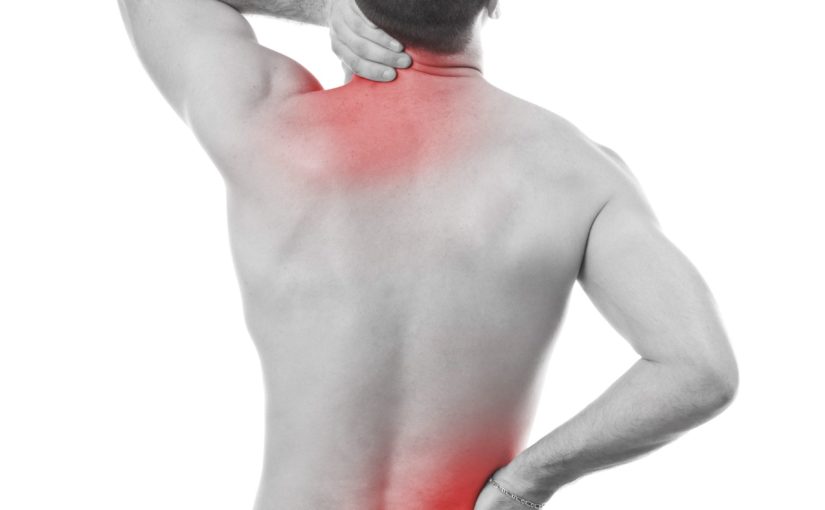
When you are in pain it can be difficult to focus on any other aspect of your life. When walking into the store or uncontrollable pain that occurs daily presents not only physical pain, but a mental aspect of depravity, as well. Identifying the best approach to pain management is often produced on an individual basis. What works for one person may not work for another. However, many methods of pain management also coincide with the condition itself.
Steps in Pain Management
- Contact Your Physician. The first step in effective pain management involves consultation with your healthcare physician. If you do not have a primary care physician, now is the time to seek one out. By consulting with your health care providing about potential pain treatments, a record of symptoms can be maintained. By monitoring ongoing symptoms and new symptoms that may present themselves, a medical professional can better discover pain management treatments that may be beneficial for your individualized needs.
- Prescription Drug Usage. After seeking medical advice for a professional, it is crucial to maintain any pain medication regime that is prescribed. Many different kinds of medications, including opioids and benzodiazepines, are commonly used for pain management. Chronic pain medications may also include NSAIDs, steroids, anti-seizure medications, and acetaminophen. Your physician can help identify the correct dosage and mixture of medications to best suit your pain management needs. These medications can also be adjusted, as needed.
- Therapeutic Forms of Pain Management. In order to reduce the likelihood of dependency on drugs to manage pain, other forms of therapy should be utilized. Physical therapy may be essential to work on strengthening muscles and enhancing stamina in an effort to minimize pain. Regular massage therapy may also help improve quality of life and allow for mental clarification. Alternative forms of pain management, such as acupuncture and chiropractic adjustments, also benefit many individuals who experience chronic pain.
- Benefits of Cognitive Therapy. In addition to the physical effects of pain on an individual’s daily life, constant pain can also take a toll on an individual’s mental well-being. Limited support and understanding from family and friends can deepen the disconnect between those living in chronic pain and their main support system. An outside source of advice and reasoning can provide an outlet for the pain and frustration that patients may feel.
- Alternative Pain Management Options. Medication and therapy resources are some of the most common forms of pain management. However, other forms of alternative therapy are available that may help alleviate the effects of pain that are felt throughout all aspects of life. Meditation, relaxation techniques, TENS therapy, visual imagery, and biofeedback can also be useful. Those these techniques may seem far-fetched to some, alternative treatments are considered when the pain becomes unbearable. Any form of relief is welcomed: traditional or otherwise.
Overview of Chronic Pain Management
When chronic pain becomes unbearable, please remember that you are not the only one experiencing the effects. According to the Centers for Disease Control and Prevention, approximately 25% of of individuals over the age of 20 experience chronic pain on a monthly basis. You don’t have to experience the pain alone. Seek help through any method necessary that is beneficial to your mind and body.
- What Causes Pain? New Research Weighs In
- The Benefits of Cosmetic Acupuncture
- Noninvasive Pain Management Techniques
- Acupuncture: 5 Reasons Why It's Right for You
- Why Medical Acupuncture Is So Beneficial
- The Top 10 Things You Did Not Know About Physical Therapy
- FIVE WAYS A PHYSIOTHERAPIST CAN HELP PREVENT FALLS
- 7 Surprising Myths About Physical Therapy
- The Evolution of Physical Therapy
- 9 Health Secrets from Physical Therapists
- How can acupuncture help with my specific health ailment?